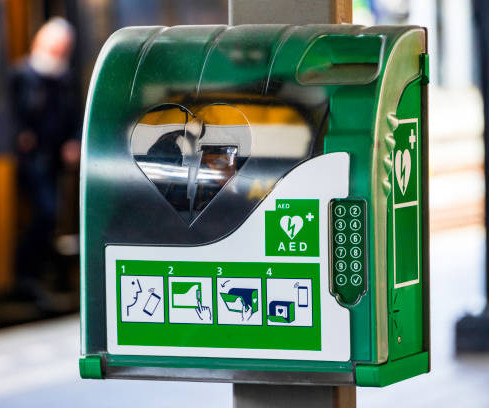SGEM#396: And iGel Myself, I’m Over You, Cus I’m the King (Tube) of Wishful Thinking
The Skeptics' Guide to EM
MARCH 11, 2023
A fire company is on scene providing high-quality cardiopulmonary resuscitation (CPR) and has defibrillated twice with an automated external defibrillator (AED). Background: Airway management strategies for out of hospital cardiac arrest (OHCA) have been hotly debated since the dawn of CPR. Reference: Smida et al.














Let's personalize your content